Houston's SW Chinatown
Updated: 2015-01-23 10:59
By May Zhou(China Daily USA)
|
||||||||
Another milestone
In Li's opinion, SW Chinatown's second milestone came with the construction of the Hong Kong City Mall (HKCM) on Bellaire west of Beltway 8 in the International District.
Developed by Chinese immigrant Hai Du Duong from Vietnam, HKCM was completed and opened in the fall of 1999 with the gigantic Hong Kong Food Market, a two-story banquet hall restaurant, a lotus pond and over 100 retail stores, cafes, restaurants and services, most of which are connected to each other indoors. Fifteen years later, HKCM still boasts one of the largest shopping centers in Chinatown.
During this period, the Southern News Group media building and the International Trade Center were built on the north side of Bellaire across from HKCM. "These represent the expansion of SW Chinatown beyond Beltway 8 and the Chinatown main drag of Bellaire," said Li.
However, it's the third phase of development started in the new millennium that pushed Chinatown to a new high, according to Li.
In the first decade of the 21st century, rapid development occurred inside Beltway 8. First, Shi Shaoli, an immigrant from the Chinese mainland, developed Sterling Plaza in the early 2000s next to the Wells Fargo branch. She also developed a Ming Dynasty style townhome complex to the north of Sterling Plaza.
Also, Li developed Corporate Office Plaza south of Bellaire. Across from Sterling Plaza; Michael Chien and David Wu developed Dun Huang Plaza - the largest commercial condominium in Chinatown with covered parking, services, retails and professional offices.
To top it all, American First National Bank (AFNB) Building, a 12-story class-A office building, sprang up next to Dun Huang Plaza in 2007, making it the highest and most visible landmark in SW Chinatown.
Most valuable real estate
AFIB founder Henry Wu wanted to give his bank room to expand and to give SW Chinatown a better image, and he succeeded on both accounts. Li said: "Today, this building is the most valuable real estate piece in Chinatown with a taxable appraisal value of $1 billion."
David Tai, executive president of East West Bank and co-founder of the former Metro Bank, said that the numerous Chinese owned banks have played important roles in the development of Chinatown.
According to Tai, the first major lender was the Asian American Bank established in 1983 by older generation Chinese immigrants. It later became Concord Bank and was merged with Atlanta's Summit National Bank in 2006.
In 1985, a group of Taiwanese Chinese formed the Texas First National Bank (now Golden Bank), followed by the formation of the Metro Bank in 1987, both headquartered in SW Chinatown.
With Chinatown's development, more banks opened up: First Intentional, United Central, Southwestern National and American First National.
Major Chinese banks from California also came to Houston. Cathay Bank opened its local office as early as 1999. East West Bank started a local branch in 2004 and eventually bought Metro Bank a year ago.
By Tai's account, when Hai Du Duong, owner of Hong Kong City Mall (HKCM) came to him for a loan in the mid 1990s, the needed amount was $16 million. Metro Bank was only able to loan $5 million. To get the HKCM project going, Tai helped Duong secure loans from banks in other cities and Taiwan. Years later, Metro Bank also financed the construction of Dun Huang Plaza.
Today, at and around the intersection of Bellaire and Corporate, nine Chinese-American owned banks and five branches of mainstream banks are in operation, making it the highest density of banks in Houston. By AABC's estimate, the Chinese-American owned banks have combined assets of $35 billion. "We call this intersection the Wall Street of Chinatown," said Li.
Li pointed out that commercial business is not the only part of Chinatown. "We have community organizations such as the Chinese Community Center, the Chinese Civic Center, numerous Chinese schools, retirement home like Rainbow Village, religious groups such as Teo Chew Temple, Jade Buddha Temple, Tzu Chi and others. One thing leads to another, Chinatown development has been snowballing, getting bigger and bigger in less than 30 years," he said.
Media also played a vital role in Chinatown's development. Of more than 10 newspapers, Southern News Group emerged as the biggest media with a daily newspaper, a 24-hour TV station and Chinese Yellow Page as the primary information source for the Chinese community.

 Auctions of official vehicles starts in Beijing
Auctions of official vehicles starts in Beijing
 Icy challenge in freezing temperatures
Icy challenge in freezing temperatures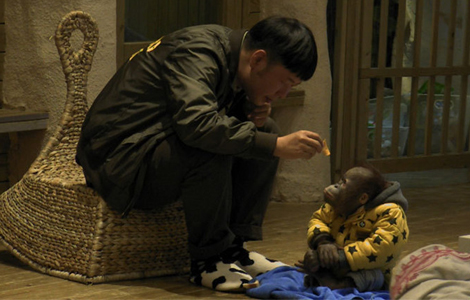
 Chinese stars join new reality show 'Wonderful Friends'
Chinese stars join new reality show 'Wonderful Friends'
 Plum blossom seen in E China's Hangzhou
Plum blossom seen in E China's Hangzhou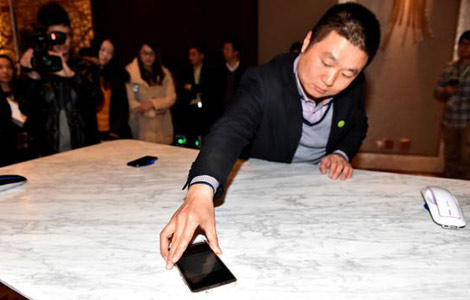
 Wireless charging desk unveiled in Hangzhou
Wireless charging desk unveiled in Hangzhou
 Music at her fingers
Music at her fingers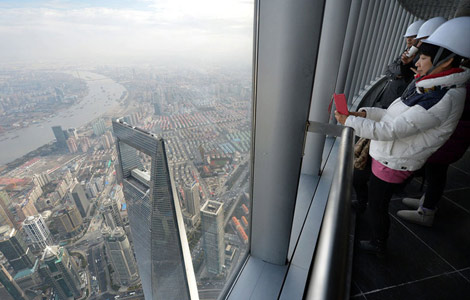
 View from the top of Shanghai's tallest tower
View from the top of Shanghai's tallest tower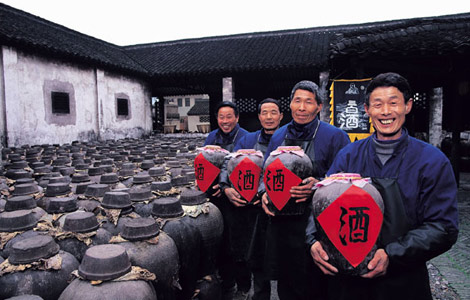
 Ming-era winery preserves ancient taste
Ming-era winery preserves ancient taste
Most Viewed
Editor's Picks

|

|

|

|

|
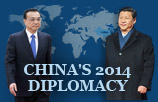
|
Today's Top News
Favorable visa policy to draw talent
China's signal of innovation in Davos
China's coal industry freezes over
China further lowers threshold to attract overseas talent
China disqualifies 300 intangible cultural heritage programs
China restricts government office sizes
Vancouver Boat Show attracts wealthy Chinese buyers
Third panda dies from virus in China
US Weekly

|

|








